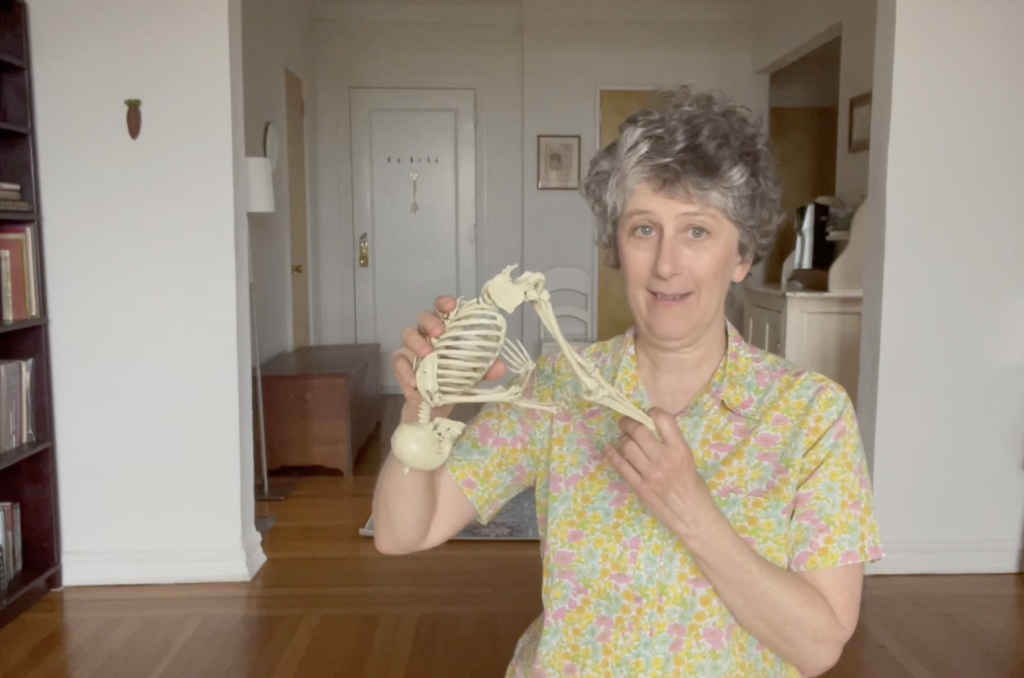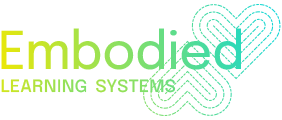
Dear Readers,
I’ve been focused on self-care for about two weeks, which is why you haven’t heard from me. Hey – if I’m going to be teaching workshops on developing healthier boundaries, I better have some, know what I mean?
Plus, my word of the year is “spontaneous” and these past two weeks have been about:
- Showing up 100% for all my clients.
- Metabolizing rage and grief arising as they arise at all hours of the day and night after the massacre in Buffalo, NY.
- Dealing with highly skilled fraudsters who hacked my bank account.
I’m sure you’ve all had experiences like these. Sometimes it’s best to let go of your regular, habitual schedule, let things fall apart, and put the pieces back together in a new way. This was one of those times for me.
Read on for two topics that I hope will resonate with you: Alexander Technique in your yoga asana practice, and building healthier boundaries in your personal and professional life.
ALEXANDER TECHNIQUE IN YOGA ASANA:
I made a this week’s video for a long-time-ago student of mine, Miha Glockenspeil. I felt a strong desire to connect with an actual human being after these few traumatic weeks. Miha sent in a question via Facebook about downward facing dog (Adho Mukha Shvanasana), a yoga asana. I am not an expert of any kind on yoga, so I hope you will take this video as it was meant: a way of integrating the Alexander Technique with anything you do. Not as a yoga lesson or an attempt to teach yoga!
Here is Miha’s question:
“Could you make a video about moving through Four-Limbed Staff pose to Upward Facing Dog to Downward-facing Dog – I feel it’s hard to keep that ‘forward n up’ (Alexander Technique directions, which I explain in the video) in mind while flowing through these multiple times (I try to do Ashtanga) especially while trying to ‘drishti’ as directed!”
I know I’ve done something right when my students ask questions about how to continue developing and using “direction sending” (an aspect of Alexander Technique practice) in all their activities.
I’ve got clients ranging from fitness experts and embodiment teachers to people struggling to walk without a cane post-surgery who know very little about anatomy. All those folks learn how to send directions (a kind of positively-energized-enlivening-of-whole-body practice) to maximize movement potential while minimizing injury and pain when they work with me.
Directions, because they are a way of “becoming actively present,” can also open new joys of discovery and learning in practices that you already know and love.
Here is a list of the words I sometimes use to express direction in activity. In this list, I’ve removed any verbs and simply list parts of ones’ body. The video addresses only the first two:
- I have a neck
- I have a head
- I have a whole torso
- I have legs
- I have arms
It’s a way of fully activating and claiming every part of you!
If you have questions about Alexander directions, or about this asana, I invite you to join in the conversation. Just email me at clare@claremaxwell.com, or post your questions in the Youtube discussion section. We can share knowledge with each other. I am sure it will take me a few videos to make my way through Miha’s question, and I’m happy to work in any of your concerns!
BETTER BOUNDARIES PILOT WORKSHOP:
I’ve realized that I need to develop the material for these workshops in dialogue with others. Having better boundaries is the one skill you can’t work on alone! I have tons of ideas, but I I’ve learned that I create new material best in community. If you’re interested in developing better boundaries while having fun, go here to sign up for the pilot workshop mailing list.
I’ll send out a poll about best times for the pilot workshop once I know who is interested.
The first workshop will be 2 hours long and cost $35. I don’t have a big fancy sales page. I don’t have a long list of benefits or promises about what you will get.
What I do know is you will have fun experimenting with simple prompts for personal awareness and embodiment; you’ll then practice those self-awareness prompts while in conversation and engagement with another person.
Including the felt sense of your own body while being with others is the most basic skill that all teachers, healers, and therapists use. Unfortunately it’s often neglected as a skill that needs to be nurtured and deepened over a lifetime.
If you want to explore working privately, you can book an introductory lesson ONLINE or IN PERSON. Read more about how I work HERE.
If you are as affected by the recent massacre in Buffalo as I am and want help in metabolizing the feelings and connecting to the solution, I highly recommend this post by Prentis Hemphill.
In Prentis’ words,
“Boundaries are the distance at which I can love you and me simultaneously.”
